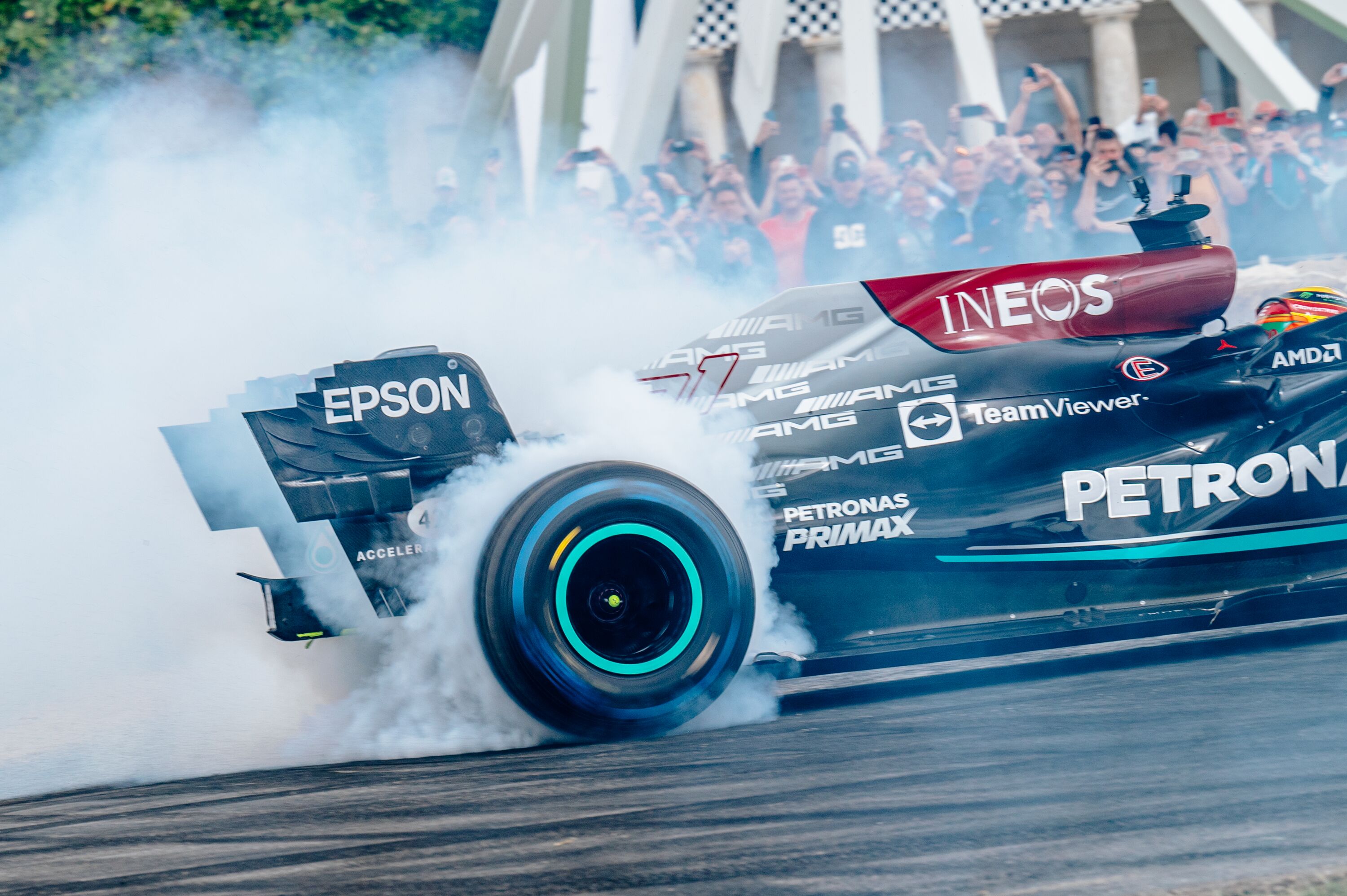Dan Trent: Toyota GT86, coming of age
 Dan Trent
Dan Trent
Careful what you wish for sometimes. Because, you never know, you might actually get it. Yes, after identifying a growing number of folk disillusioned with fast cars getting faster, fatter and more remote it took Toyota to build them the car of their dreams.
With a little help from Subaru – supplier of the boxer-four engine – the same firm that gave us the Prius and the idea of white goods motoring suddenly launched a back to basics, rear-wheel drive coupe packed with features intended to delight those who reckoned the joy was being sucked out of driving. Apart from one – horsepower.
Because, ungrateful lot that we are, having been given a car that prized balance, feedback and low-speed thrills over outright pace a good number of us then lambasted it for not being fast enough.
Not long after the GT86's launch, I was lucky enough to spend some time driving it here in the UK with project chief Tetsuya Tada. In that wonderfully gracious Japanese way, he was politely dismissive of those moaning that 197bhp isn't enough for a sports coupe, saying people who thought it too slow simply "didn't understand the concept".
I've been enjoying the last few days in the mildly updated 2017 GT86 and his words seem more relevant than ever. Here is a car that is heavier, slower, more expensive and less powerful than most B-segment hot hatches. For those who judge a car by the spec sheet stats, it makes no sense whatsoever. It offends them even.
I think it's rather wonderful. It's well-sized, the driving position is fantastic with perfectly placed pedals, a short-throw gearstick placed a hand span from the tiny, slim-rimmed steering wheel and you can see out of it. There are even little humps on the wings to help you place the car, your restored spatial awareness a true novelty in this day and age. The control weights are light, their response to inputs precise and slop-free and even in London traffic you feel engaged in the process of driving in a way that makes you smile. And when you do escape city limits the response and effervescence of that naturally aspirated engine reveals just how stodgy modern turbocharged engines have become, whatever fuel they run on. It's a car about everything BUT the numbers. Tada knew what he was on about.
Obviously, my first reaction has been to dive into the classifieds to see where they're at now. My test car costs a not insubstantial £27,000, my hope being that the general misunderstanding of the '86's ethos may have seen used prices go through the floor. Not quite, it seems. There are just over 50 cars showing in the PistonHeads classifieds, the cheapest of which is a privately offered 2012 car with 46,000 miles and a £12,250 price tag. Besides a smattering of automatics – why on earth?! – you need to be budgetting around £15,000 to get a decent choice of cars. But given they all have the same engine and only detail differences in spec there's not a whole lot of scope for getting it wrong.
Tada told me the car was designed as a blank canvas for modders and now cars are beginning to emerge from their five-year warranties expect this to be increasingly popular. Mine? I'd try and find one without the ugly wing and restrict my mods to a set of bronze-coloured Volkracing TE37s. There isn't a Japanese performance car that can't be improved with a set of them. Thus equipped I'd be a proud advocate of smiles per hour over miles per hour.
Dan Trent
Toyota
GT86








































































